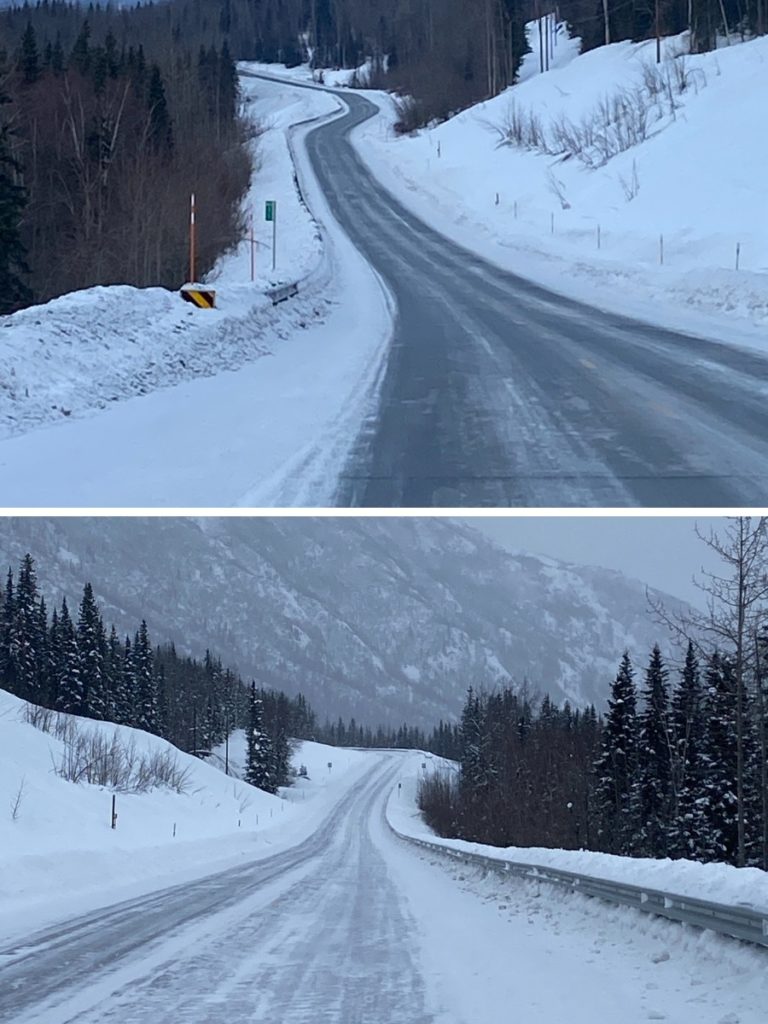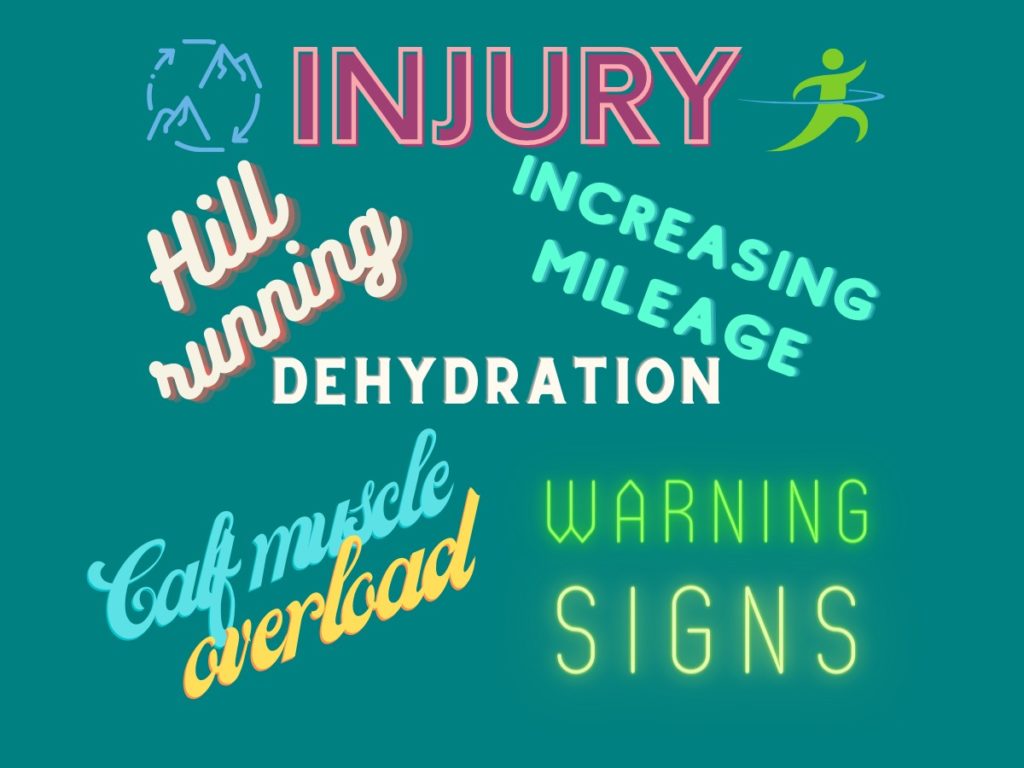Multiple studies have shown that loading an injured Achilles tendon vs. resting may reduce pain and aid healing. Finding the right load balance to strengthen the tendon without overloading is critical. Figuring out that balance can be complicated.
To avoid this cycle and future injury, I wanted to understand how my tendon was injured (overloaded), the current loading plan, what is working, and why the previous treatment plan did not work.
As we begin our exercise programs, such as running, we start slowly and gradually progress. Before this injury, I did just that. I started walking, switched to run/walk intervals, and eventually just ran. The idea was to give my tendons, ligaments, and muscles time to adapt to the stresses and loads placed on them. Living and running in a hilly area puts additional strain and load on those areas. And wearing low heel-to-toe drop running shoes can also add to loading the lower leg muscles and tendons. Note: With Achilles problems, a higher heel-to-toe drop running shoe is recommended at least temporarily, but I have bilateral knee arthritis, and these type of shoes increases my knee pain while running.

This progression seemed to work fairly well for me. I had no issues with my calf muscles or my Achilles tendon although I did have a tight ITB. Quick recap: PT appointment for mild ITB tightness. During the assessment, she thought I needed calf-strengthening exercises. She prescribed walking on my tip toes with 30 lb weights up and down stairs and continuing my current running regime. This eventually led to calf muscle tightness which progressed to a calf muscle tear and Achilles tendonitis. As mentioned in this post, I thought I must have been doing everything wrong.

But now that I understand more about loading the tendon, I realize that adding the “calf-strengthening” exercises put too much load on the tendon. That’s not to say that strengthening wasn’t needed, but the therapy I was given was more than my Achilles could handle.
Follow-up therapy included calf raises, shock wave therapy, plyometrics, and continued running. These exercises continue to load the tendon more than it could adapt to. Once the Achilles has been injured, it is essential to continue to load it (multiple studies have confirmed this) but decrease the load to what the tendon can tolerate. As it adapts, then the load can be increased. This did not happen in my initial treatment, and I could not continue running due to worsening Achilles pain.
I am currently working with a coach who is paying close attention to this Achilles injury as I return to running. We started with walk/run intervals and eccentric calf raises three times a week, along with other strengthening exercises. As we have progressed to full running with increased mileage, we have decreased the calf raises to two times a week to balance out that load. This coming week we will add jump exercises. As more load is added, assessing how the Achilles tolerates the increased load is imperative. Sometimes, the added activities may feel okay at the moment, or even that same day, but could flare up within the next 24 hours.
Case in point: A couple of days ago, I did calf strengthening exercises, ran 4 miles, and later that evening, I went on a 3.5-mile xc ski (not part of the plan, btw). That is a lot of load on an already stressed tendon. By the following day, my Achilles was slightly tender. Realizing I had overloaded it, I decreased the stress slightly. Instead of running the hills, I drove into town and ran a flatter trail. The next day I was only scheduled to run two miles, so I ran the hills but wore a higher heel-to-toe drop running shoe to support the Achilles. So far, my Achilles is fine. The tenderness went away. The key is constantly monitoring, assessing, and backing off when necessary without resting it completely (or don’t overload it to begin with 😎).


I am bummed that I ended up with this injury that could have been prevented, but the best thing to do is to learn from it and move on. I still have a long way to go and much to learn, but I am on the right track. Tomorrow I am scheduled to run 5 miles which I will do in town on a flatter surface. I am excited to see how it goes.
Until next time…
Leave a Reply